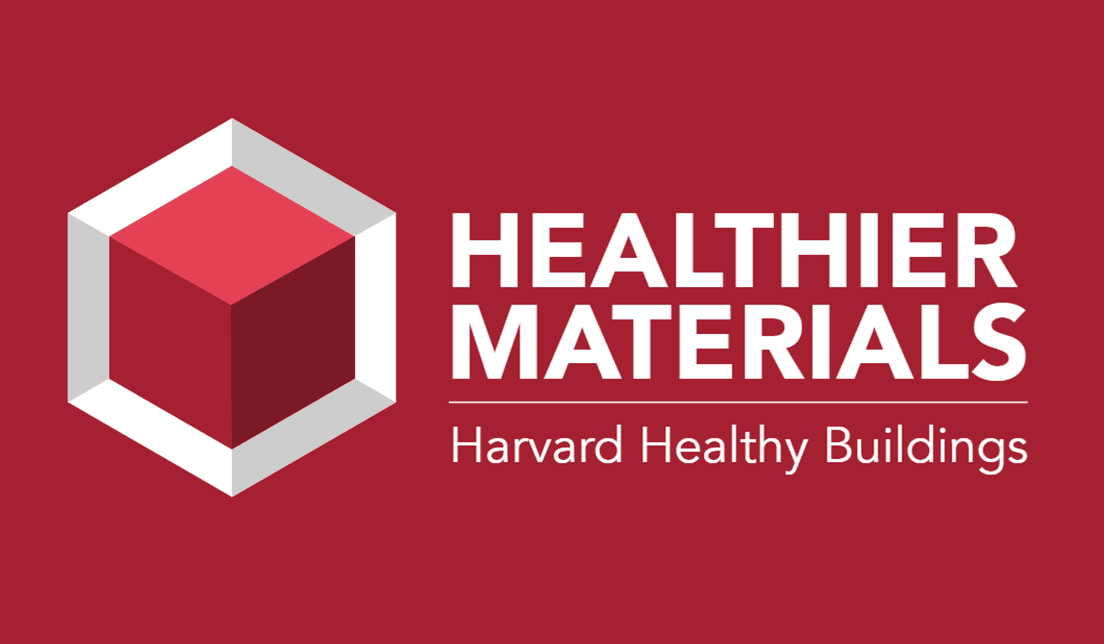Related Links
More about PFAS levels in buildings with healthier furnishings
Pinpointing chemical exposure using silicone wristbands
Washington Post
These toxic chemicals are everywhere— even in your body. And they won’t ever go away.
Washington Post
Opinion: The EPA is trying to regulate 6 forever chemicals. Just 10,000 to go.
Share this Topic
Harvard’s Healthier Building Academy Healthier Materials Playbook

In 2016, Dr. Joseph G. Allen, Director of Harvard’s Healthy Buildings Program, and Heather Henriksen, Harvard’s Chief Sustainability Officer, co-founded the Harvard Healthier Building Academy (HHBA), with a mission to design, build and operate healthier buildings. The Academy expanded to include professors at Harvard Business School and Harvard Paulson School of Engineering and Applied Sciences.
One focus area of the Academy has been on changing the purchasing practice on our campus and beyond toward materials without toxic chemicals. The result is a two-part playbook now codified in Harvard’s Green Building Standard and used on more than 50 capital projects across Harvard, covering 5 million square feet of real estate.
Priority #1: Demand transparency
When your organization buys products for its buildings, manufacturers seldom provide an ingredient label like you get with food. And those that do provide building materials labels rarely, if ever, indicate whether they contain forever chemicals. As a result, we’re essentially flying blind. To truly understand what risks you’re taking on, you need to know exactly what’s in your wall and floor coverings, furnishings, and workplace accessories. So, the first step in our playbook is simply to get an ingredient list for every product you’re adding. You might do the same for those already purchased, though we realize that financial realities might prevent you from replacing items before their end-of-life. If that’s the case, simply focus on the future. Tell your suppliers that you want Health Product Declarations for any new building products you buy.
Priority #2: Avoid the entire class of forever chemicals (and other known toxic chemicals)
Next, tell your suppliers you want to purchase products guaranteeing that there are no forever chemicals in their product. Don’t just specify particular well-known forever chemicals to avoid, like PFOA or PFOS or others that have been put on a “red list.” (recall that there are over 10,000 forever chemicals, so limiting one or two won’t address the problem.) Tell them you don’t want any of them. This is to avoid what has been termed “regrettable substitution,” where a potentially toxic but less scrutinized chemical cousin to a well-studied one is used as a replacement. This “class-based” approach – treating forever chemicals as a large group, rather than one-by-one avoidance – will help you to future-proof your decisions.
Read more about our Harvard Healthier Materials Playbook in Harvard Business Review and at Harvard’s Office for Sustainability.
Healthier Materials Impact
May 28, 2024 – Washington Post

